SOURCE: IDRW.ORG TEAM.
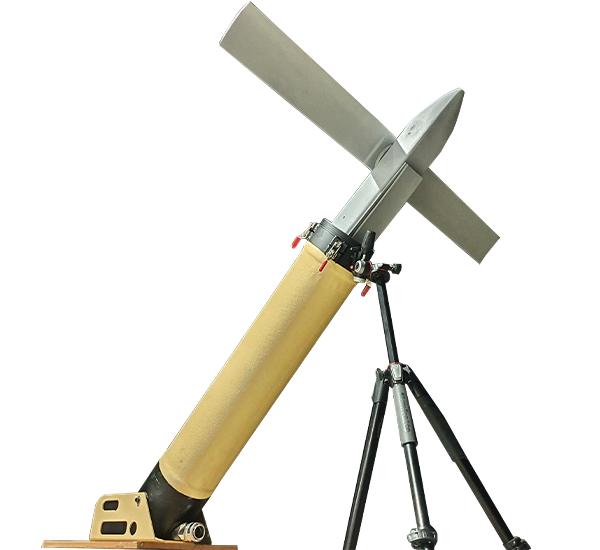
The Indian Army is gearing up to enhance its combat capabilities with the planned acquisition of a Canister Launched Anti-Armor Loiter Munition System (CLAAMS). The project, expected to be launched through a global tender soon, aims to bolster the army’s arsenal with advanced loitering munitions, a category of weaponized drones capable of extended flight and precise targeting.
The Indian Army already possesses experience with loitering munitions, having previously procured and operated systems like the indigenous Nagastra-1 from Solar Industries and ALS-50 from Tata Advanced Systems Limited (TASL). Additionally, the Polish Warmate Loitering Munition developed by WB Electronics has been inducted into service. This experience provides valuable insights and operational context for the upcoming acquisition.
Continue readingSOURCE: IDRW.ORG TEAM.

In a significant move towards self-reliance in the Indian aerospace sector, PTC Industries Limited and the Accessories Division of Hindustan Aeronautics Limited (HAL), Lucknow, have signed a Memorandum of Understanding (MoU) to focus on indigenization efforts.
This strategic partnership signifies a concerted effort to locally manufacture aviation-grade raw materials like titanium, nickel-based super alloys, and special steels. Additionally, the collaboration will encompass the domestic production of crucial components, spares, sub-assemblies, and Line Replaceable Units (LRUs) for HAL’s aircraft and helicopter programs.
Continue readingSOURCE: RAUNAK KUNDE / NEWS BEAT / IDRW.ORG

India’s quest for robust underwater deterrence takes a significant leap forward with the advancement of DRDO’s SLCM program. Promising diverse capabilities and extended ranges, this initiative aims to equip both conventional and nuclear submarines with powerful offensive punch.
Last year’s successful test of a torpedo-launched SLCM marked a crucial milestone. With a current range of 402 km, the missile is slated for further trials pushing its reach to 500 km and eventually achieving an impressive 800+ km. This initial iteration focuses on equipping older diesel submarines, demonstrating DRDO’s commitment to enhancing legacy platforms.
Continue readingSOURCE: RAUNAK KUNDE / NEWS BEAT / IDRW.ORG

India’s Defence Research and Development Organisation (DRDO) has announced a critical milestone in its air defence capabilities with the successful completion of developmental trials for the New Generation Akash (Akash-NG) missile system. This successor to the existing Akash system promises improved performance and versatility, further bolstering India’s air defence against aerial threats.
First tested in 1990, the Akash missile system has served as a mainstay in India’s air defence arsenal for over two decades. However, technological advancements necessitated an upgrade. The Akash-NG sheds weight, replacing the older Ramjet propulsion with a more efficient Dual Pulse Rocket motor. This not only reduces its weight from 720kg to 350kg but also enhances its manoeuvrability and agility.
Continue readingSOURCE: RAUNAK KUNDE / NEWS BEAT / IDRW.ORG
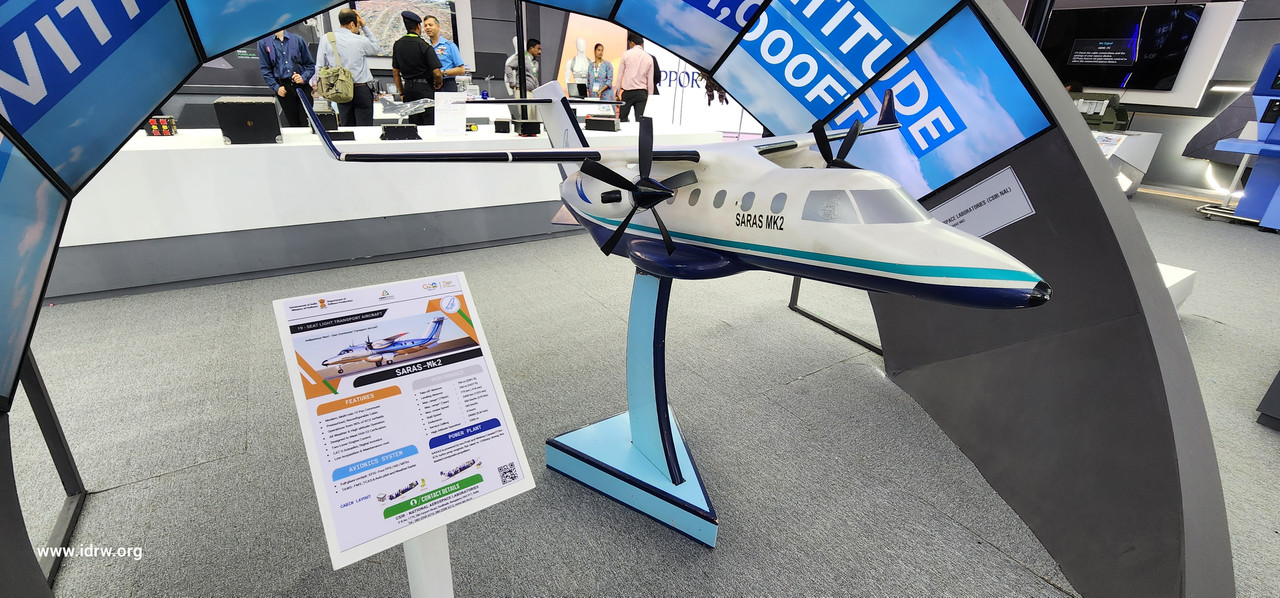
C.B. Ananthakrishnan, Chairman and Managing Director of Hindustan Aeronautics Ltd (HAL), has announced significant progress in the development of the SARAS Mk II, a 19-seater indigenous aircraft program. This exciting project, a collaboration between HAL and the National Aerospace Laboratories (NAL), is poised to take to the skies with its maiden flight anticipated by the end of 2026.
The focus is currently on constructing two prototypes, with the possibility of a third being considered to expedite the certification process. This reflects the commitment of both HAL and NAL to bring this innovative aircraft to life.
Continue readingSOURCE: IDRW.ORG TEAM.

Hindustan Aeronautics Limited (HAL), India’s state-owned aerospace and defense company, has issued a tender for the design, development, and supply of several critical systems for its upcoming Indian Multi-Role Helicopter (IMRH) and Deck-Based Multi-Role Helicopter (DBMRH) programs. These advanced helicopters are intended to replace aging Russian platforms and bolster India’s airpower capabilities.
The 13–16 tons IMRH is being conceived as a replacement for Mil Mi-17 utility helicopters, which form the mainstay of the Indian military’s heavy-utility rotorcraft fleet.
Continue readingSOURCE: IDRW.ORG TEAM.

The Indian Army is poised to acquire additional Air Defence Tactical Control Radars (ADTCRs) to bolster its air defense capabilities. This crucial decision is now cleared by the Defence Acquisition Council (DAC) headed by Defence Minister Rajnath Singh on February 16th.
Developed by the Electronics and Radar Development Establishment (LRDE) of DRDO, the ADTCR is a game-changer in air surveillance. This 3D AESA radar boasts the following key features:
Continue readingSOURCE: RAUNAK KUNDE / NEWS BEAT / IDRW.ORG

Dassault Aviation’s Rafale fighter jet faces a surge in demand, with its production backlog reaching an impressive 228 aircraft. This presents both exciting opportunities and significant challenges for the French manufacturer.
Despite aiming for 15 Rafales in 2023, Dassault only delivered 13. This gap widens with recent orders from Indonesia (18 aircraft), France (42 aircraft), and potential future orders from India (27 aircraft). Deliveries between 2026 and 2033 need to fulfil commitments to France, Indonesia, UAE, and Egypt, totalling 174 aircraft.
Continue readingSOURCE: RAUNAK KUNDE / NEWS BEAT / IDRW.ORG
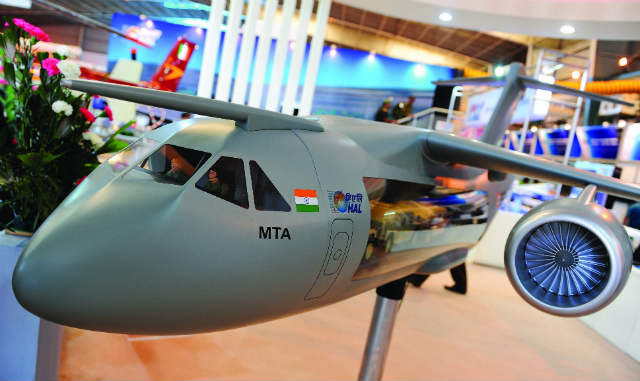
The Indian Air Force’s (IAF) quest for a Medium Transport Aircraft (MTA) takes an interesting turn as HAL too wants to throw its hat in the ring, offering to design and build a 30-ton payload-carrying transporter in collaboration with an international OEM. This comes amidst increasing competition from global players and ongoing deliberations within the IAF about its desired capabilities for the MTA.
A HAL official, speaking to idrw.org, expressed the company’s confidence in its capabilities. They highlighted the ability to co-develop a 30-ton payload-carrying aircraft with an international partner, ensuring “Make in India” execution and retaining intellectual property rights (IPR) within the country. This proposal comes after the failed joint venture with Russia in 2017, leaving the IAF without a clear path forward.
Continue readingSOURCE: RAUNAK KUNDE / NEWS BEAT / IDRW.ORG
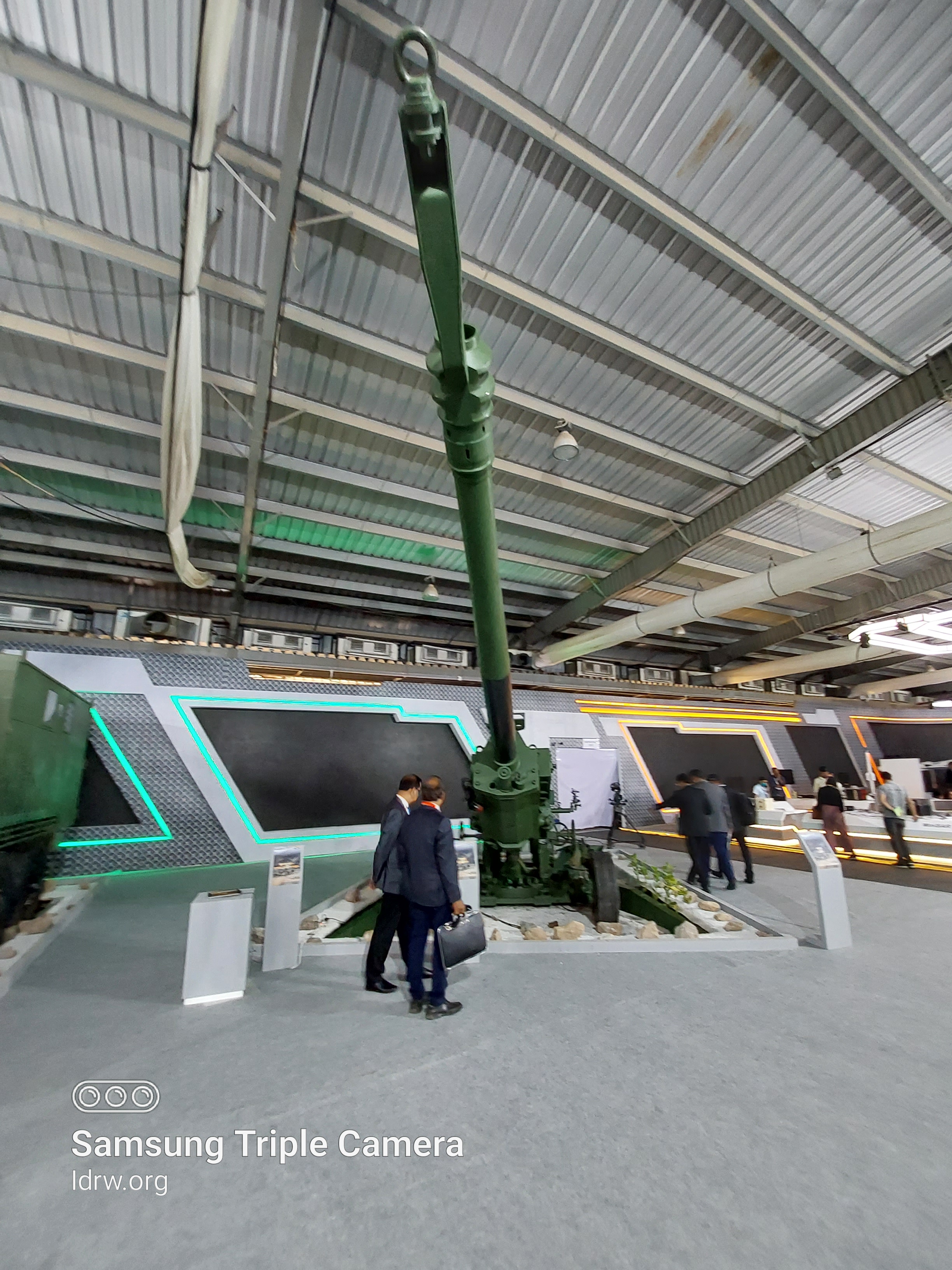
The Indian Army’s quest for a modern towed gun system (TGS) has attracted a diverse range of contenders, including Kalyani Strategic Systems Limited’s (KSSL) 155mm/52 calibre ultra-light howitzer (ULH) named Mountain Artillery Gun-Extended Range (MArG-ER). While its lightweight design (under 8 tons) and impressive firing range (41 km) make it a viable option, it faces challenges from competitors offering more advanced features.
The Army’s Request for Information (RFI) doesn’t explicitly mention crucial aspects like Automatic Ammunition Load Assist Systems (ALAS) and steer-by-wire control systems for self-propelled capabilities. These features, however, are considered essential for modern howitzers, and their absence puts the MArG-ER at a disadvantage.
Continue readingSOURCE: IDRW.ORG TEAM

The Indian Air Force (IAF) is looking to boost its arsenal and self-reliance with the planned procurement of Crystal Maze (CM) II missiles under the Make-III initiative, emphasizing indigenously manufactured (IM) components. This program allows Indian firms to participate in defense production either through collaboration or technology transfer (ToT) with foreign original equipment manufacturers (OEMs).
The Crystal Maze missile is a highly capable air-to-surface weapon with a range of around 100 kilometers. Currently manufactured by Rafael Advanced Defense Systems of Israel, it equips IAF fighter jets like the Sukhoi Su-30MKI and Mirage 2000, providing them with a potent long-range strike capability.
Continue readingSOURCE: IDRW.ORG TEAM.

Military aviation expert Andreas Rupprecht, also known as Rupprecht Deino, has stirred the pot with his recent comments on China’s enigmatic FC-31 fighter jet. He suggests that the 5th generation aircraft, once touted as a potential competitor to the F-35, might be taking a surprising turn.
According to Deino, the FC-31’s future production might be closely tied to the J-35, a carrier-based variant under development for the Chinese Navy. He believes the FC-31 was always intended as a land-based export version, potentially benefiting from advancements seen in the J-35 but lacking carrier-specific features like folding wings and catapult compatibility.
Continue readingSOURCE: RAUNAK KUNDE / NEWS BEAT / IDRW.ORG
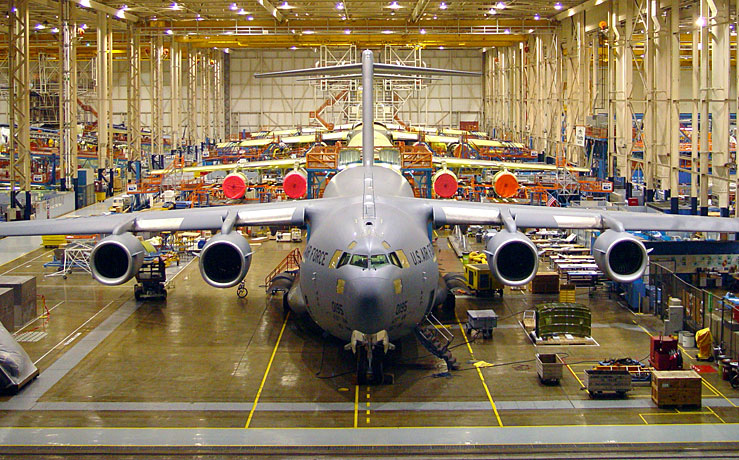
The C-17 Globemaster III, a beloved workhorse of military transport, may see a second life. At the World Defense Show in Saudi Arabia, Boeing’s vice president Torbjorn Sjogren revealed renewed interest from existing operators in purchasing more C-17s if production resumes.
In 2013, faced with a lack of orders, Boeing made the difficult decision to end C-17 production. This news was met with disappointment from many air forces around the world, including the Indian Air Force (IAF), which is the second-largest C-17 operator after the US Air Force.
Continue readingSOURCE: RAUNAK KUNDE / NEWS BEAT / IDRW.ORG
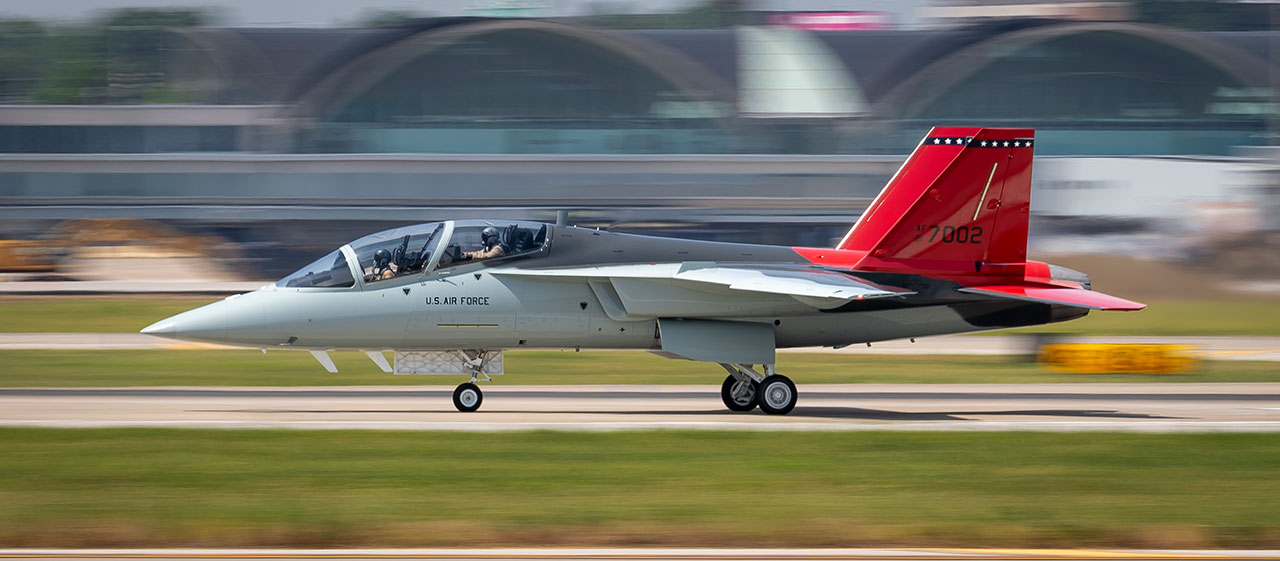
Indian defence companies are taking flight with Boeing’s T-7A Red Hawk program, securing key contracts for the development of this advanced pilot training system. This signifies a significant boost for India’s “Make in India” initiative and strengthens its position as a global player in the aerospace industry.
With the US Air Force planning to induct over 350 T-7A Red Hawks, Boeing is looking to source aerostructures from Indian companies. This presents a lucrative opportunity for Indian firms that are already developing aerostructures for the indigenous LCA-Tejas program. Talks are underway with select companies, indicating a potential shift in the global supply chain for major aircraft programs.
Continue readingSOURCE: RAUNAK KUNDE / NEWS BEAT / IDRW.ORG
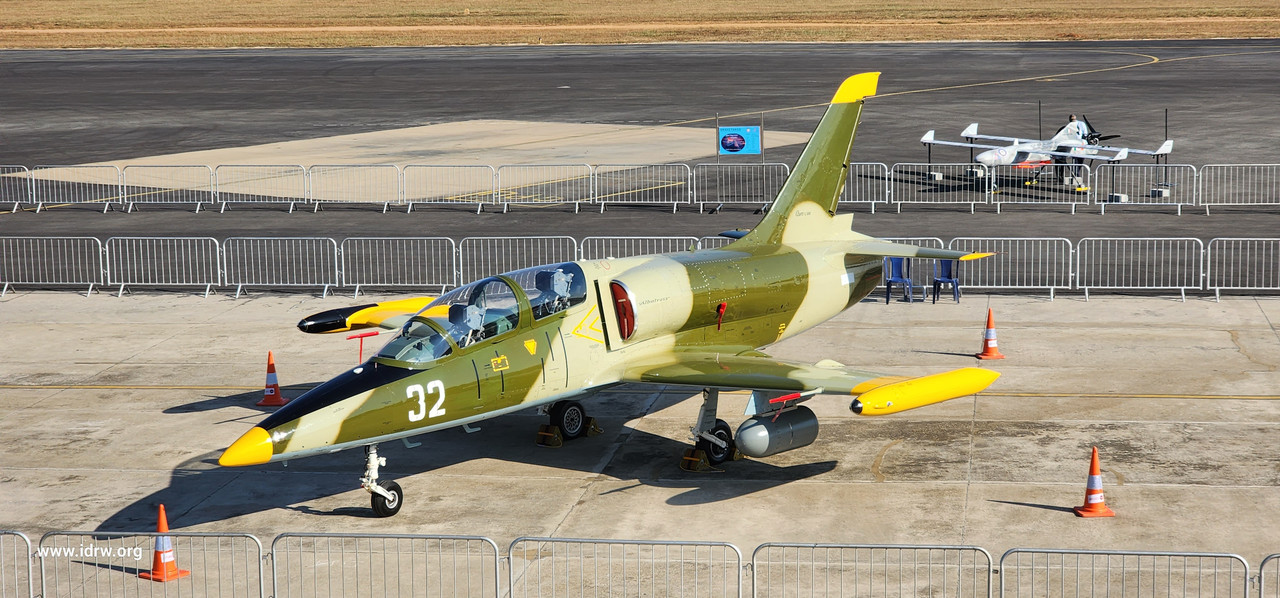
The Indian Air Force (IAF) faces a crucial decision regarding its Stage-II Pilot Training Program with the ageing Kiran-MkII jet trainers nearing retirement in 2025. The indigenous HJT-36 Sitara envisioned as the successor, remains mired in technical delays, pushing the IAF to consider foreign alternatives.
Developed by Hindustan Aeronautics Limited (HAL), the HJT-36 Sitara promised an advanced indigenous trainer. However, plagued by technical issues since its first flight in 2003, it has yet to meet all IAF requirements. Despite recent modifications and renewed flight testing, uncertainty lingers about its ability to enter service before the Kiran-MkII retirement deadline.
Continue reading